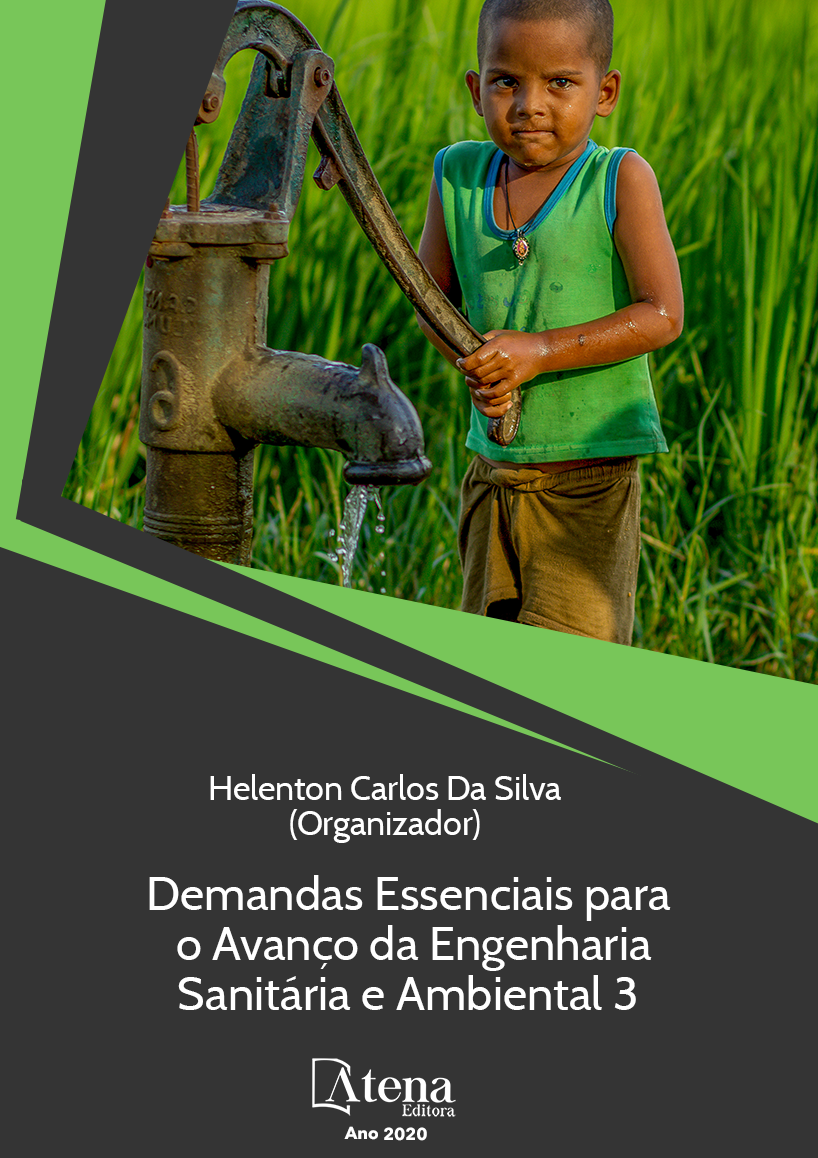
REDUÇÃO DO RESIDUAL DE ALUMÍNIO DISSOLVIDO EM ÁGUA DE POÇO PARA ABASTECIMENTO PÚBLICO
A disponibilidade de recursos
hídricos tem se tornado um tema cada vez mais
desafiador, e nos últimos anos este problema
ganhou atenção especial em função da crise
hídrica que afetou vários estados brasileiros,
dentre eles o Espírito Santo. Durante a estiagem
de 2015/2016 alguns poços que são utilizados
para abastecimento público na ETA Ubu,
situada na cidade de Anchieta-ES, sofreram
aumento considerável na concentração de
alumínio, devido ao rebaixamento do lençol
freático. A concentração aumentou para 0,6
mg/L aproximadamente, valor 3 vezes maior
que VMP pela legislação brasileira. Portanto
foram pesquisadas alternativas para remover
ou reduzir estes valores a fim de atender a
PCR nº5- MS. A primeira etapa foi buscar
por tecnologias específicas para remoção
do metal; foi avaliado o filtro de alta pressão
com zeólitos e outra tecnologia em teste,
oferecida por uma empresa americana. Em
seguida foram avaliadas alternativas utilizando
recursos próprios. Os testes foram realizados
em bancada de laboratório, utilizando o jarteste
e posteriormente realizados na própria ETA.
Foram feitas pequenas alterações nos pontos
de dosagem, e os resultados foram bem
satisfatórios, reduzindo o residual de alumínio
para valores inferiores a 0,2 mg /L, atendendo
ao VMP da PCR nº5.
REDUÇÃO DO RESIDUAL DE ALUMÍNIO DISSOLVIDO EM ÁGUA DE POÇO PARA ABASTECIMENTO PÚBLICO
-
DOI: 10.22533/at.ed.48620210124
-
Palavras-chave: crise hídrica, água de poço, alumínio dissolvido, alcalinizante, pH
-
Keywords: water crisis, well water, dissolved aluminum, alkalizing, pH
-
Abstract:
The availability of water resources
has become an increasingly challenging issue,
and in recent years this problem has gained
special attention due to the water crisis that
has affected several Brazilian states, including
Espírito Santo. During the drought of 2015/2016
some wells that are used for public supply at
ETA Ubu, located in the city of Anchieta-ES,
obteined a considerable increase in aluminum
concentration due to the lowering of the water
table. The concentration increased to 0.6 mg/L,
3 times higher than maxim limit detected allowed
by Brazilian law. Therefore, alternatives were searched to try remove or reduce these
values to meet PCR # 5-MS. The first step was to look for specific technologies for metal
removal; The zeolite high pressure filter and other technology offered by the American
company were evaluated. Then alternatives were evaluated using own resources. The
tests were performed on a laboratory bench, using the jarteste and later performed in
the ETA itself. Simple changes were made at the dosing points, and the results were
quite satisfactory, reducing the aluminum residual to less than 0.2 mg / L, under the
limit determined to the directive PCR nº 5 of the Ministry of Health.
-
Número de páginas: 13
- Lorena Olinda Degasperi Rocha
- Márcia Cristina Martins Campos Cardoso


